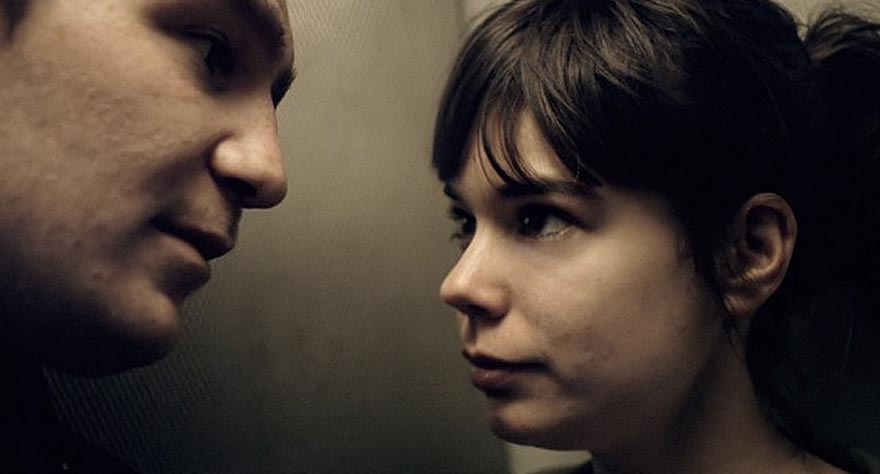Sitges Film Festival: Victoria (2015) Review
★★★1/2

By Kai Granaas
To start on an uncontroversial note, Victoria is better than Birdman. Phew - glad that's out of the way. "While on holiday in Berlin, a young woman finds her flirtation with a local guy turn potentially deadly as their night out with his friends reveals its secret: the four men owe someone a dangerous favor that requires repaying that evening."(IMDB)
Upon hearing that summary, the film sounds like it could be good fun, but how the film was made gets the most attention. How often do you hear that an entire film took three shots to make? Or that an entire two-hour movie had a shooting time of about seven hours in total? Victoria is the most impressive single-take film ever, and that's not an opinion. Russian Ark took four takes, is thirty minutes shorter and contained in a museum. Victoria is over two-hours long and moves across Berlin, in and out of numerous building, clubs and cafés.
Now for the important question: is it just a gimmick? Unlike Birdman, which could have done with more formal cinematographic techniques and montage, the long-take film format works in favour and in conjunction with this film's story. There's a false cinema verité sense to the film, which places you in the thick of it alongside Victoria, who is attempting to figure out what's going on at literally the same time as the audience.

The real heroes of the film are the actors, the cinematographer and focus puller(s). Maintaining a character while working with a twelve-page script for over two-hours is more than hard. Shooting, blocking and manoeuvring through actors whilst holding and keeping a camera steady for two hours is insane. Focus pulling must have been an absolute nightmare. Reading about this near fatal screw-up for the film that appears in the final product is illuminating, impressive and demonstrates the dedicated attitude taken to the film (paraphrased from the original interview:
"In the scene right after the bank robbery Laia Costa actually forgot where to drive and takes the wrong turn. Everyone's outburst of panic in the car is completely genuine as they were risking filming crew members and thus ruining the whole take. Even the director Sebastian Schipper, who was lying in the trunk of the car, started screaming directions in sheer panic. His screaming was later removed during audio editing. The car actually ended up driving past crew members but none of them can be seen thanks to the cameraman who reacted quickly by filming from a much lower angle so as not to have any windows in the frame."
Laia Costa and and Frederick Lau give superb improvised performances, finding their characters along the way. Because of them, the story begins as Before Sunrise and ends as Run Lola Run - an effective tonal shift that throws the viewer down the dark rabbit hole along with all the characters. Before the screening of Apichatpong Weerasethakul Cemetery Of Splendour I attended (which was unsurprisingly excellent), Laia Costa received an award for rising talents, and deservedly so.

The greatest acheivement of the the film (aside from the obvious) is the fact that the pacing never/rarely fails. Pacing in "normal" films is dictated by editing, but in a film with literally no traditional editing, how does one control the pacing. Victoria shows that it can be done, by doing what happens to animals when they lose a sense - the rest of their senses intensify. Camera movement is therefore that much more important in quiet scenes, blocking and mise-en-scene doubly so.
Victoria is an invigorating spectacle, doing something that only the medium of cinema can do, and that is commendable. Almost every element in the film is executed phenomenally, save for a slightly more coherent script - but nitpicking on a film that required such planning and dedication feels wrong. Catch it in the cinema if you can.
A perspective on the news, art and business of cinema to discuss
_large.jpg)